In the 18th century, Nantes became the most important slave-trading port in France.
On a plant-covered walkway, 2,000 commemorative plaques remind the public of the slave ships that departed from Nantes as well as the major trading ports in Africa and America. A meditative promenade, marked with quotes on the subject of slavery from a variety of sources, runs alongside the Quai de Loire.
By inaugurating this memorial in 2012 – the only one of its kind in Europe – the city affirms its desire to “keep the memory of the past alive and let it be a warning for the future.” (K. Wodiczko and J. Bonder)
Krzysztof Wodiczko received the Hiroshima Art Prize in 1998, which rewards an artist for his/her contribution to world peace every year. Architect and teacher, Julian Bonder, is renowned for his work mixing public space, memory, and mass trauma experienced by populations.
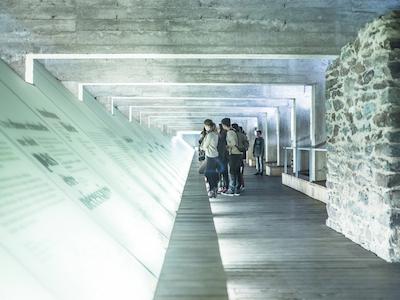
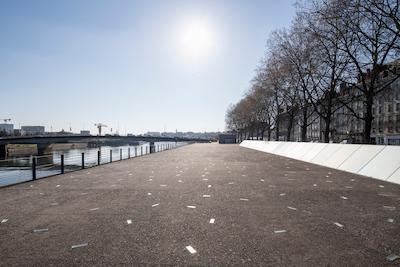
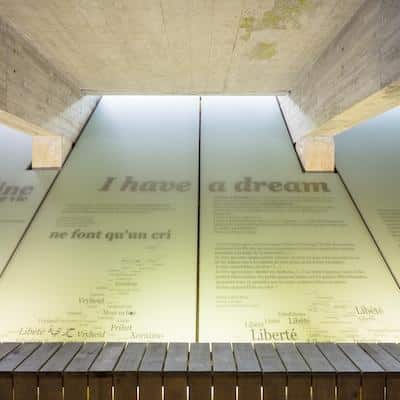
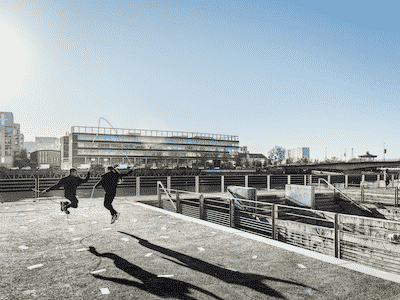
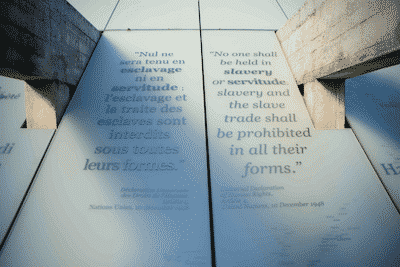
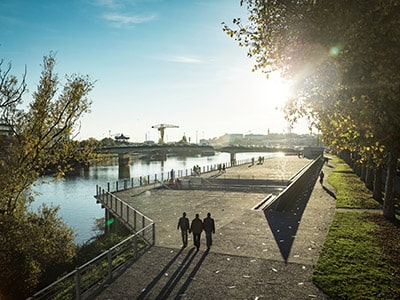
Nantes is transforming
Nantes is changing to become an even more ecological, inclusive, and dynamic city. To do this, new public works will reinforce our already existing ecofriendly modes of transport: new tram lines, green zones for pedestrians and cyclists, and more. From 2024, these major urban projects will disrupt traffic around Les Machines de l’Île and Parc des Chantiers, with the Pont Anne-de-Bretagne bridge closed off to cars (the bridge will remain accessible to pedestrians and cyclists). Solutions will be offered throughout construction to make it easier for everyone to get around, like: increased frequency of several public transport lines, more Naolib bike-share bicycles, and more parking spots in park-and-ride lots.
For further informationQuai de la Fosse 44000 Nantes
How to get there?
Parking(s) nearby: Parking Médiathèque, Parking Gloriette 2, Parking Chantiers Navals, Parking Les Machines, Parking Gloriette 1
Public transport: Médiathèque, Chantiers Navals
Self-service bicycles: Alger (n°36), Médiathèque (n°34), Brunelière (n°41), Palais De Justice (n°44), Machine De L'île (n°43), Jean V (n°35), René Bouhier (n°76), Racine (n°33)
The underground passage is open daily in free access : from 9 am to 8 pm from May 16 to September 15, and from 9 am to 6 pm from September 16 to May 14
Closed when the Loire is in flood.
Final entrance one half-hour before closing.
Annual site closures:
January 1, May 1, November 1, December 25
Maintenance from 20 to 24 January 2025
Free access